The idea that there was a year without a summer might sound almost incredulous. However, this is exactly what happened in 1816 AD when drastic climate events caused global temperatures to shift lower. The result was the coldest summer in Europe on record, which led to worldwide issues. As dramatic as this sounds, it’s all very true, and we can blame it all on a volcano.
Setting the Scene

The year is 1816 AD, and the world is just emerging from the era of the Napoleonic Wars in Europe. James Monroe was just elected President of the United States, and Indiana became the 19th state. However, none of the events were as significant as a volcanic eruption that had taken place one year prior.
Mount Tambora
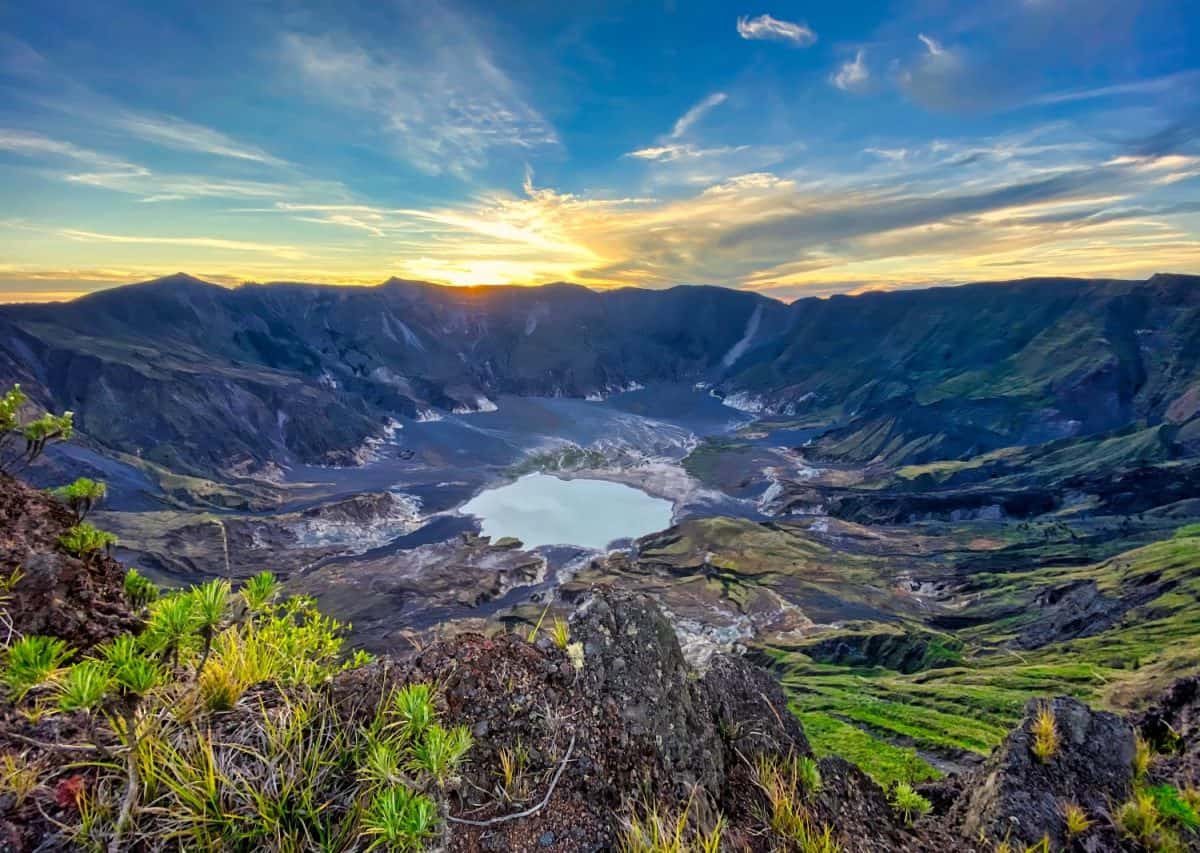
Located in present-day Indonesia, Mount Tambora is situated on the island of Sumbawa, which was then part of the Dutch East Indies. When it erupted in 1815, it created an environmental mess due to being the most powerful volcanic eruption in human history. The ensuing eruption spilled volcanic ash and sulfur dioxide into the atmosphere, which resulted in tens of thousands of lives lost in Indonesia.
Volcanic Winter
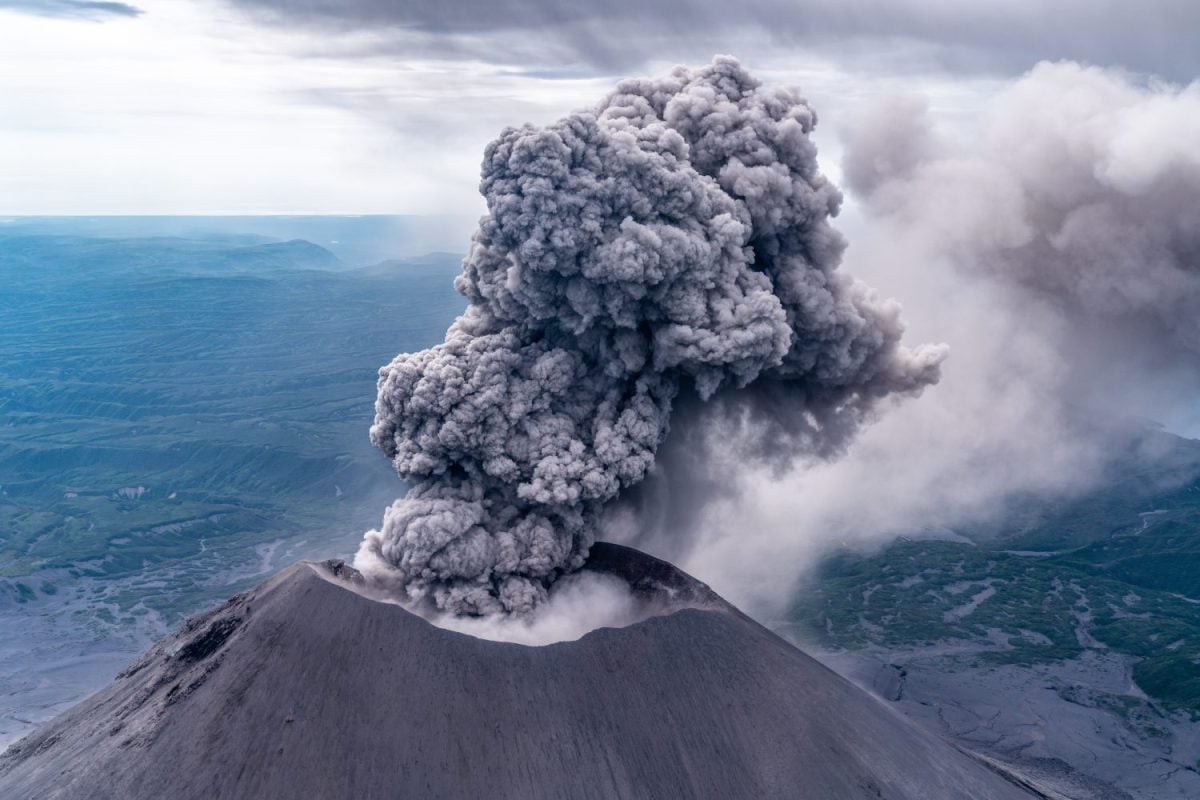
The eruption of Mount Tambora and potentially Mount Mayon in the Philippines in 1814 brought about a volcanic winter. This worldwide event dropped global temperatures between 0.7 and 1 degree Fahrenheit. While that might sound small, it led to the coldest summer in Europe between 1766 and 2,000.
European Crisis
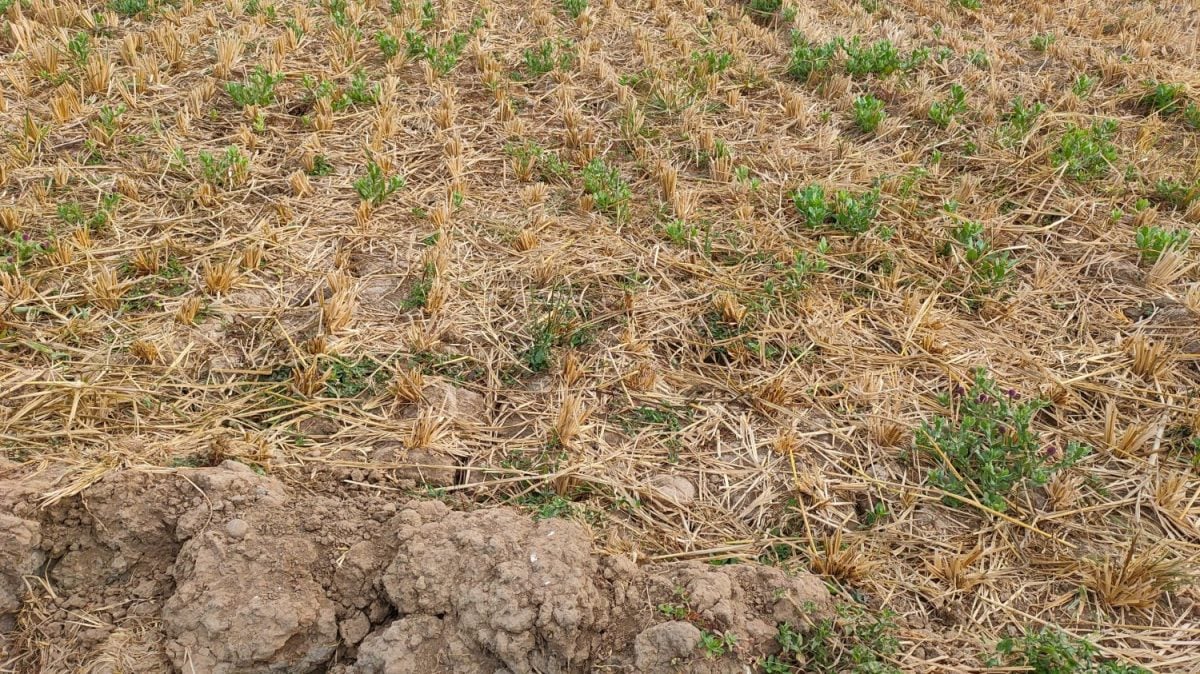
One immediate impact of the volcanic winter spreading around the Northern Hemisphere was crop shortages. Famine quickly became a prominent issue, leading to food riots. As this scenario was coming off the end of the Napoleonic Wars, the socio-economic stress on Europe and its food supplies were significant.
North America
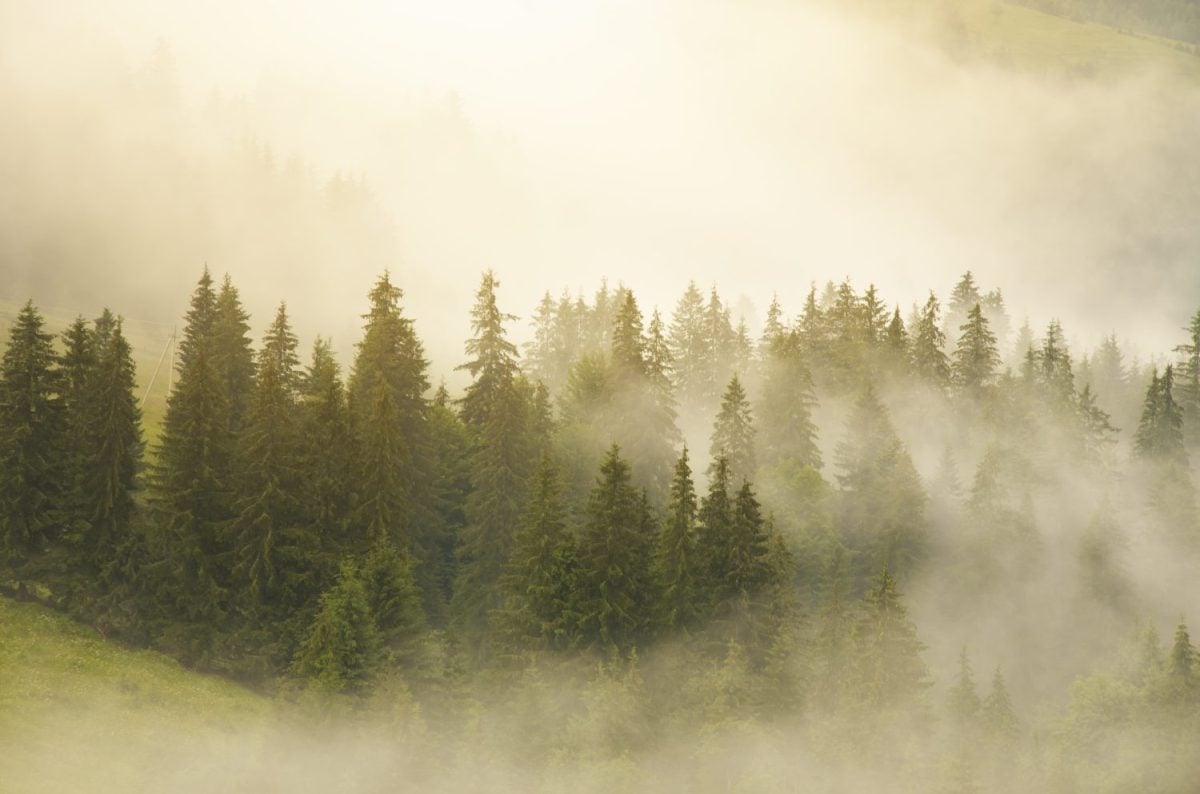
It was devastating without sunlight due to the airborne materials being expelled from the volcano. North America also faced issues such as a “dry fog” partially blocking sunlight, leading to unusually cold summer months. As with Europe, New England’s crops failed, leading to food shortages in the eastern United States.
Asia
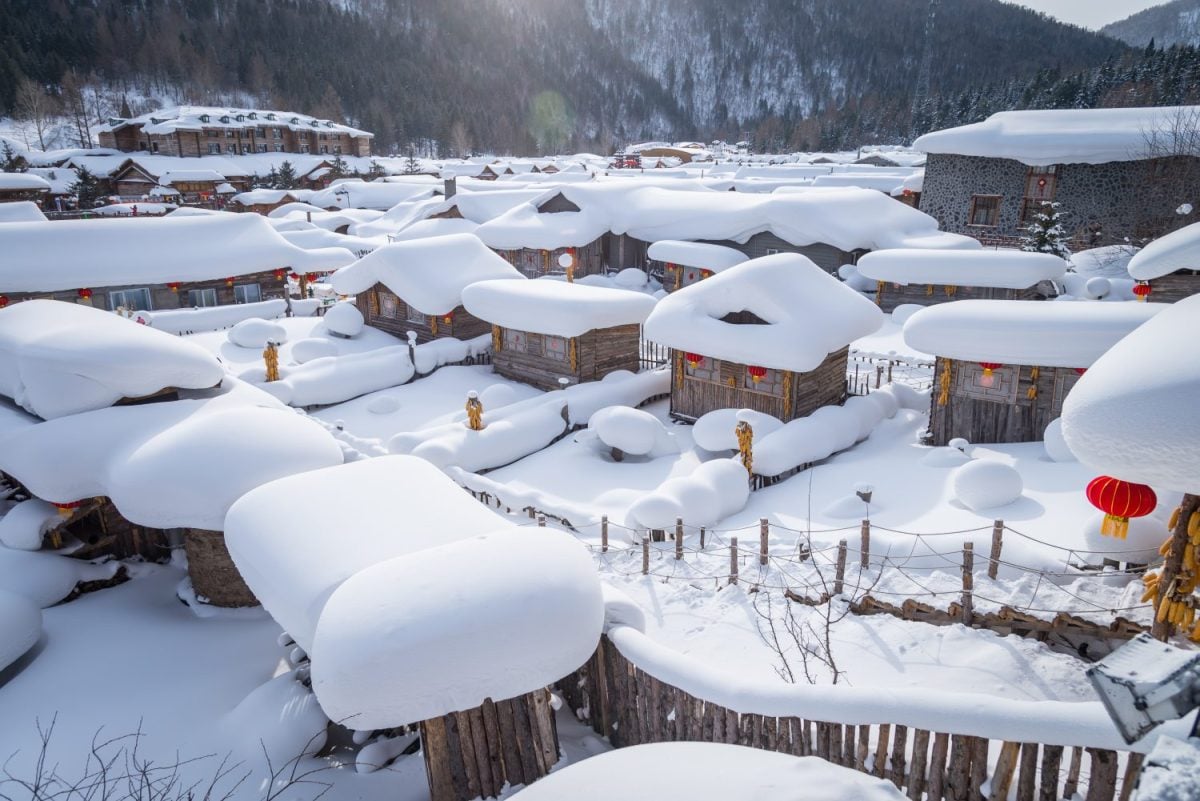
As a result of the worldwide events, Asia also saw disruptions. The area’s Monsoon season was heavily disrupted, which led to floods overwhelming various parts of the country while frost disrupted other areas. In India, the delayed Monsoon season also led to the spread of cholera, while Japan suffered damaged crops.
South America
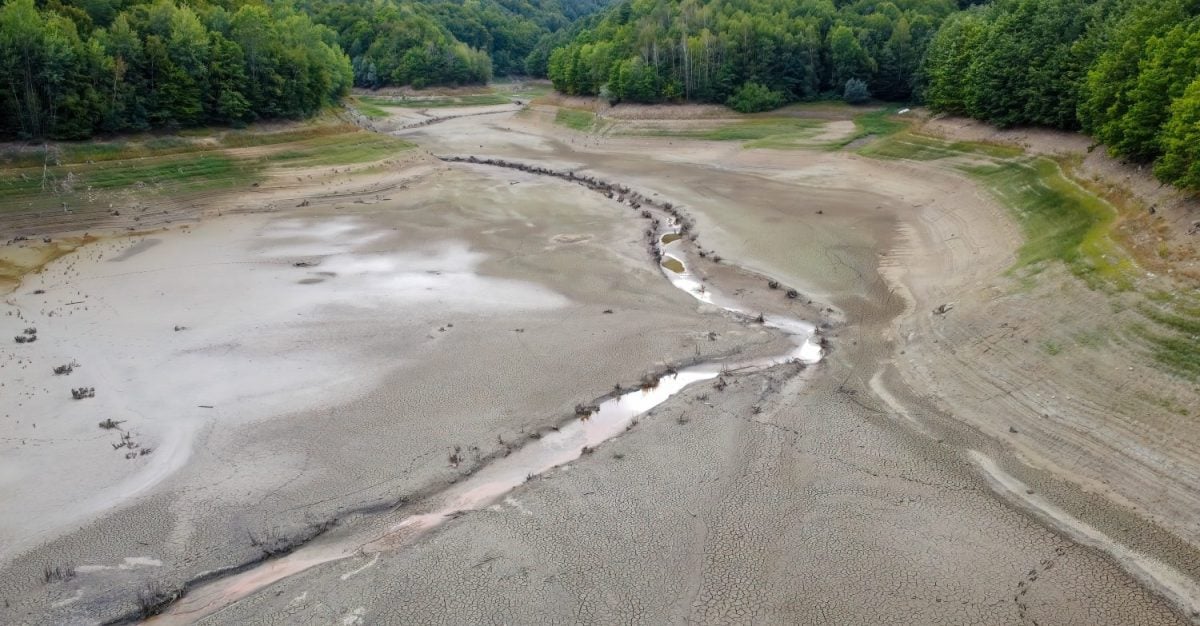
One newspaper account from Brazil was published in the United Kingdom, indicating that an “uncommon drought” was being experienced in the tropical regions of Brazil. The report noted that streams had dried up, cattle were dying, and the population suffered from a lack of water supply. Brazil was even sending ships as far as the United States to trade for flour.
Joseph Smith
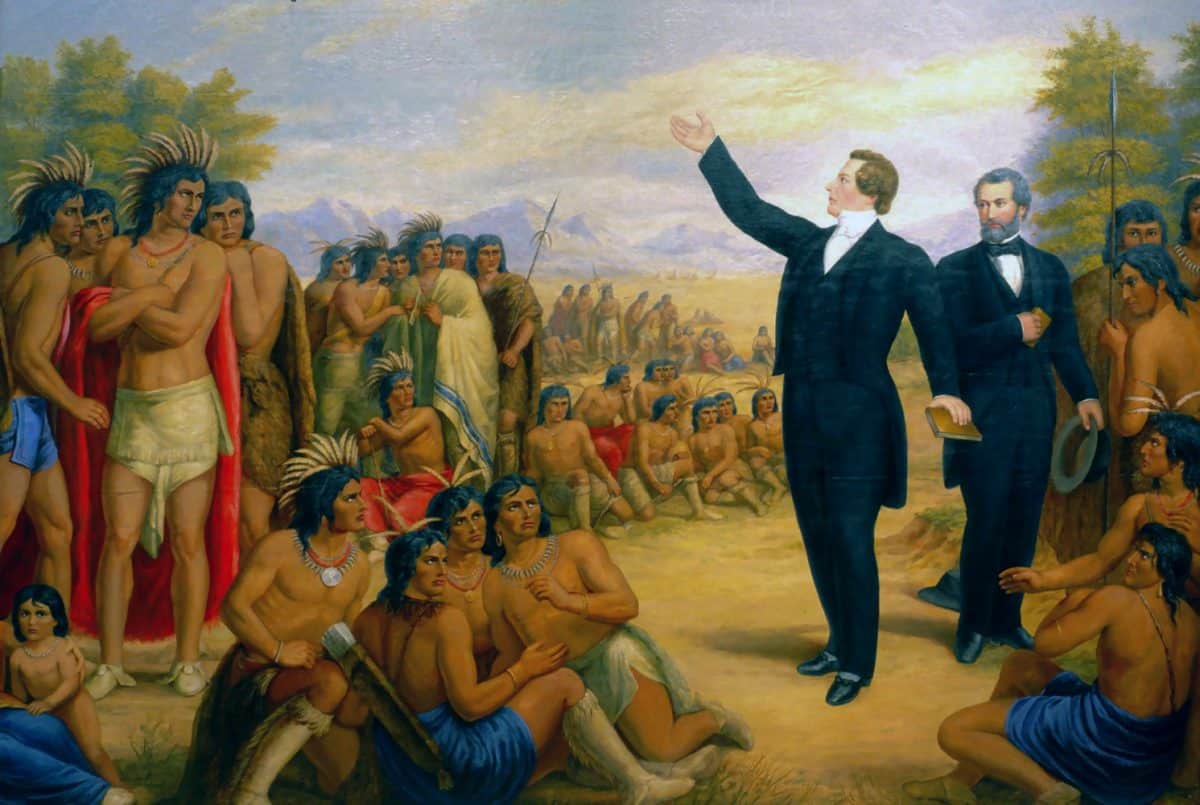
One notable report about this worldwide event is that it led to important historical events. A decrease in the population in Vermont led Joseph Smith to leave the state and travel to New York. Of course, Joseph Smith would eventually become the founder of the Church of Jesus Christ of the Latter-day Saints.
Mary Shelley
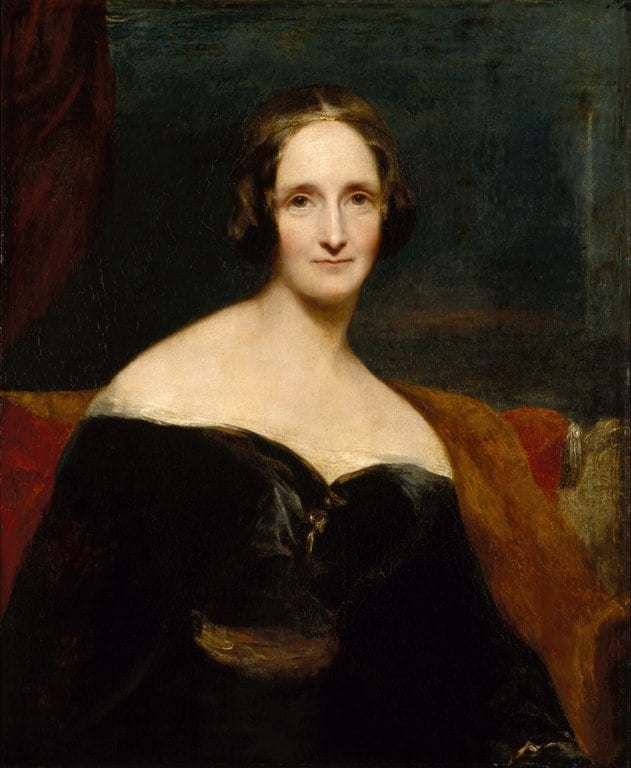
Similarly, in June 1816, rainfall brought on by these worldwide events led Mary Shelley and her friends to stay indoors during a Swiss holiday. One of her friends, Lord Bryon, asked her to write the scariest story they could imagine, which became Frankenstein.
Global Toll
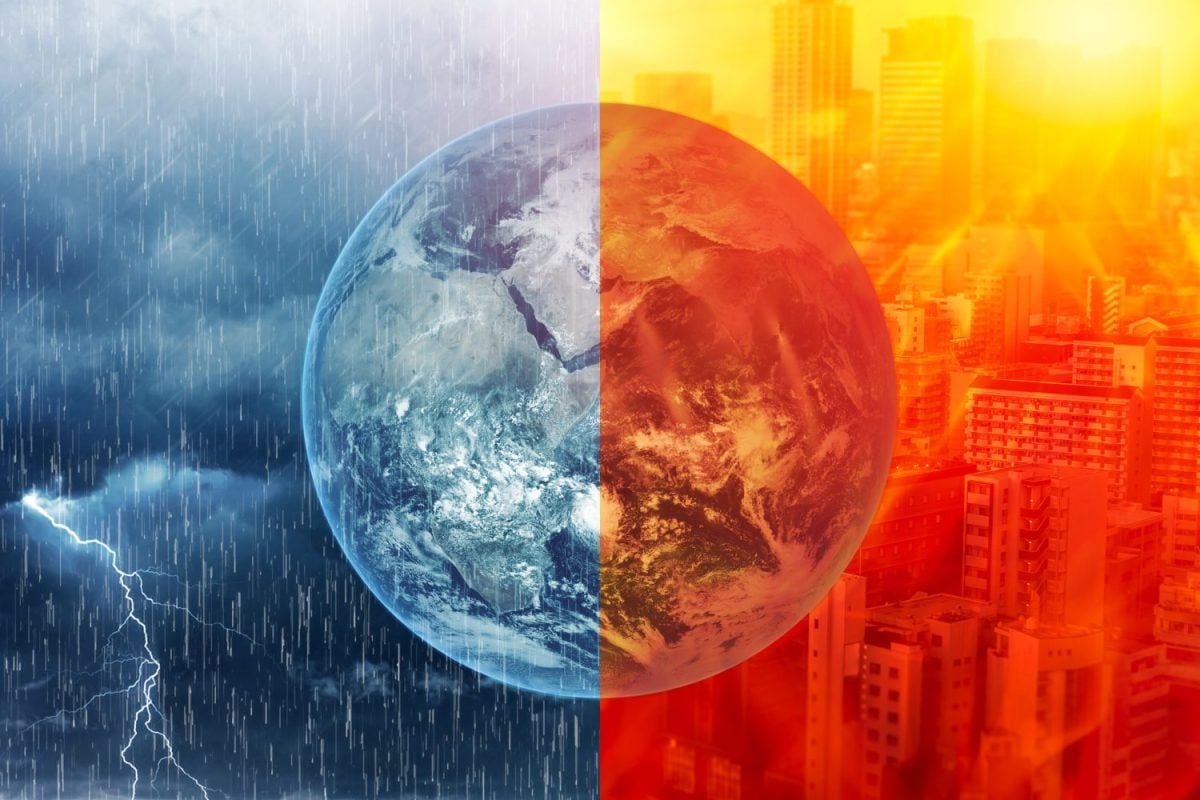
After a year marked by a global cooling crisis, the event holds significant scientific value. However, it’s also a reminder of the power of Mother Nature and the power it has to influence worldwide human activity. Tens of thousands of deaths, if not more, were recorded as a result of these events.
The image featured at the top of this post is ©SLAVIANIN/Shutterstock.com.








